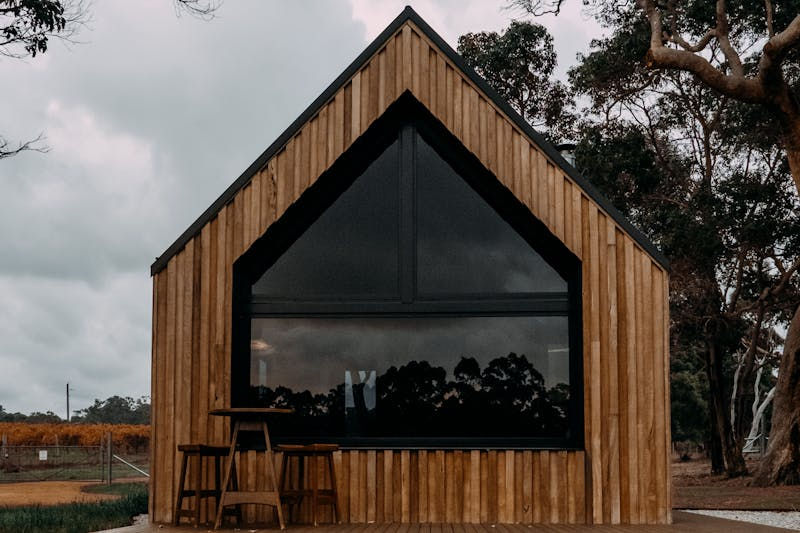A Brief Overview Of Architectural Steel
- Alyssa Moylan
- Nov 8, 2022
- 3 min read
Updated: Jul 2, 2024

Most people think of Architectural Steel, steel framework, etc., when they hear the term "steelwork" used in construction. Aesthetically pleasant construction projects have been increasingly popular recently, leading to a renewed interest in steelwork.
Structure and Performance
Architecture, Art, Engineering, and Expertise Come Together in Architectural Steel. It has the potential to bring the structural steelwork of the building to the forefront in terms of aesthetics and to emphasize the building's structural integrity in a way that is difficult to ignore
This type of steelwork can communicate aesthetic intent while also serving as a central load-carrying system, combining the best of both worlds. Whether up close and personal in the lobby or externally as a statement to establish the architectural presence and power of the building, buildings are increasingly showing Architectural Steel offer a signature character.
Because steel serves various purposes and must be observed from a variety of distances, it is essential that it be finished and detailed to an exceptionally high degree while maintaining an economy of both cost and functionality.
Metal Finishing/Electroplating
During the electroplating and metal finishing process, both the object that is going to be plated and the metal that will be used for plating are submerged in an electrolyte solution. Submerging metal plating in an electrolyte solution causes it to lose coatings when electricity is conducted through it. These metal particles float in the plating solution until they cover the object's surface.
Reasons why architectural steel is a good investment
Lowered Insurance Premiums for Steel Construction
Compared to other building materials, architectural steel is far less likely to sustain damage from natural disasters, including tornadoes, hurricanes, typhoons, hurricanes, earthquakes, snow, rain, termites, wood ants, rodents, fire, lightning, and mold. Because of this, commercial-grade steel framing usually becomes eligible for large premium discounts with the majority of insurance companies.
High-Quality Insulation Leads to Substantial Cost-Reductions in Energy Use
In milder regions, heating and air conditioning might not be necessary for agricultural, storage, aircraft, warehouse, and garage buildings made from metal. That's the holy grail of energy efficiency, of course. However, climate control systems are essential in many buildings, including those used for business, industry, education, and housing. An architectural steel frame is ideal for these kinds of facilities.
High-Quality Steel Construction with Minimal Upkeep
The exterior of an architectural steel building requires little upkeep, whether it is finished with sturdy steel panels, brick, stone, tilt-up concrete, or a combination of these materials. Architectural steel construction has several advantages over wood, including eliminating periodic painting requirements.
Increased construction speed
Prefabricated architectural steel buildings can be manufactured off-site, transported to the building site, and constructed in one day. You won't have to pay for a lot of labor, and you won't have to spend weeks or months of your life building a timber structure and concrete walls because it can be erected so rapidly.
There's also no need for time-consuming and costly interim formwork. In its place, you can count on a build that is economical, reliable, and completed on schedule, all while staying within your set budget.
Metal construction causes fewer foundation issues over time
Compared to a wooden structure, the weight of an Architectural Steel building is reduced since fewer framing elements are needed. A lighter load will reduce foundation settlement and the associated costs.
Modifications to steel structures can be done at a lower cost
Modifying pre-engineered architectural steel structures is simple and fast, which is ideal if you need to make room for future growth. More frames can be ordered to fit the existing framework to make the building longer on either end. More space can be added to the side walls by connecting a second Architectural Steel building to the existing one.
Conclusion
If the architect, engineer, and fabricator can keep the lines of communication open on what is expected of them, successfully delivering an architectural steelwork project is not difficult. Architectural steel has stricter criteria for form, fit, and finish during fabrication, erection, and coatings than conventional steel.
In contrast to the more linear procedure typically associated with standard architectural steel, which is out of sight, the architect can sometimes take a more hands-off approach during this participatory design process.
.png)







Comments